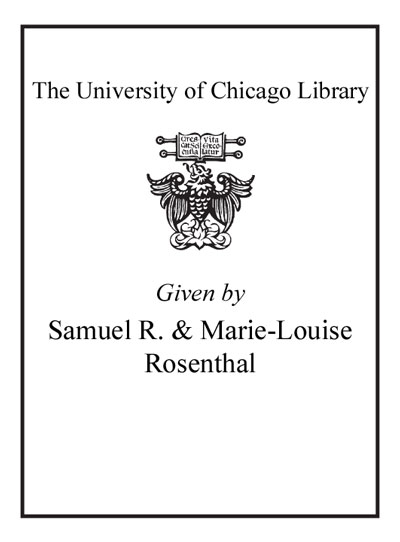Review by Choice Review
This report of the National Research Council is one of the products of the 1998 International Year of the Ocean (YOTO). It explores five aspects of the interaction between the oceans and human health: hazards (storms, climate, estuaries), infectious diseases, harmful algal blooms, marine-derived pharmaceuticals, and marine organisms as models for biomedical research. Examples of hazards and diseases include tsunamis and coastal flooding due to hurricanes, viral contamination of oysters, and "red tide" and Pfiesteria infestation of coastal and estuarine waters. The book points out that most of the 33 modern biological phyla are found in the oceans rather than on land, and therefore marine species are potentially favorable objects for medical research. However, up to now most such research has focused on only a few organisms like the toadfish, sea urchin eggs, horseshoe crabs, and squid (for their giant axons). This small book is competently written and well produced; it contains about 14 high-quality color illustrations as well as 18 pages of references. It can serve as an overview and starter reference for the topics in question. It is suited as a public and university library resource for general and student reference. All levels. F. T. Manheim; SUNY at Stony Brook
Copyright American Library Association, used with permission.
Review by Choice Review


